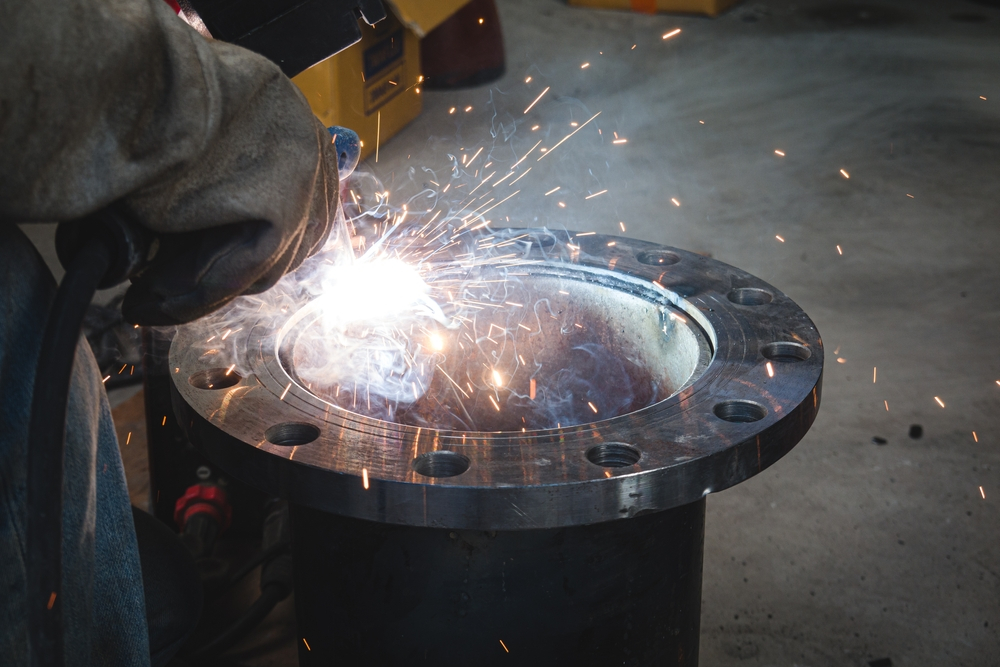Introduction:
Flanges are vital components in piping systems, providing secure connections and preventing leaks. To maintain the integrity of flange joints and avoid costly downtime, regular maintenance, and prompt troubleshooting are essential. In this blog post, we will explore the importance of flange maintenance, common maintenance practices, and troubleshooting techniques to address potential issues. By implementing proper maintenance strategies, you can ensure the longevity and reliability of your flange connections.
Importance of Flange Maintenance:
Flange maintenance plays a crucial role in ensuring the performance and safety of piping systems. Regular inspections and preventive measures can help identify potential problems early on, preventing major failures and leaks. Proper maintenance also extends the lifespan of flanges, reducing the need for frequent replacements and minimizing operational disruptions.
Common Flange Maintenance Practices:
Visual Inspections: Regularly inspect flange connections for signs of leakage, corrosion, or damage. Check for loose bolts, distorted gaskets, or flange face erosion. Address any abnormalities promptly.
Bolt Tightening: Over time, bolts may loosen due to vibration or thermal cycling. Implement a regular bolt tightening schedule using proper torque values. Consider using torque-indicating devices or tensioning methods for accurate bolt preload.
Gasket Replacement: Gaskets can degrade or fail over time, leading to leaks. Monitor gasket condition and replace as necessary. Choose gaskets compatible with the fluid, temperature, and pressure conditions in your system.
Flange Face Cleaning: Keep flange faces clean and free from debris, dirt, or residual gasket material. Use appropriate cleaning methods to avoid damaging the flange surface. Ensure that the flange face is smooth and flat for proper sealing.
Lubrication and Corrosion Protection: Apply suitable lubricants to bolts and nuts to facilitate proper tightening and prevent seizing. Utilize corrosion protection methods such as coatings or inhibitors to safeguard flanges against corrosion.
Troubleshooting Flange Issues:
Leakage: If a flange is leaking, first assess the source of the leak. It could be due to a faulty gasket, improper bolt tightening, or damaged flange surfaces. Address the specific cause accordingly by replacing the gasket, re-tightening bolts, or resurfacing the flange.
Bolt Failure: Bolts may break or fail under excessive loads or corrosion. Inspect bolts regularly for signs of damage, and replace any compromised bolts promptly. Consider using higher-grade or corrosion-resistant bolts when necessary.
Flange Misalignment: Improper alignment can lead to uneven stress distribution and potential leaks. Ensure proper alignment during installation and periodically check for any misalignment issues. Realign flanges if necessary using appropriate tools and techniques.
Corrosion: Flanges are susceptible to corrosion, especially in corrosive environments. Regularly inspect flanges for signs of corrosion and apply suitable protective measures. Consider utilizing corrosion-resistant materials or coatings for enhanced durability.
Conclusion:
Flange maintenance is a vital aspect of maintaining reliable piping connections. By implementing regular inspections, appropriate maintenance practices, and effective troubleshooting techniques, you can prevent leaks, extend the life of flanges, and ensure the safe and efficient operation of your piping system. Prioritize flange maintenance to minimize downtime, enhance system integrity, and optimize overall productivity.


Recent Comments